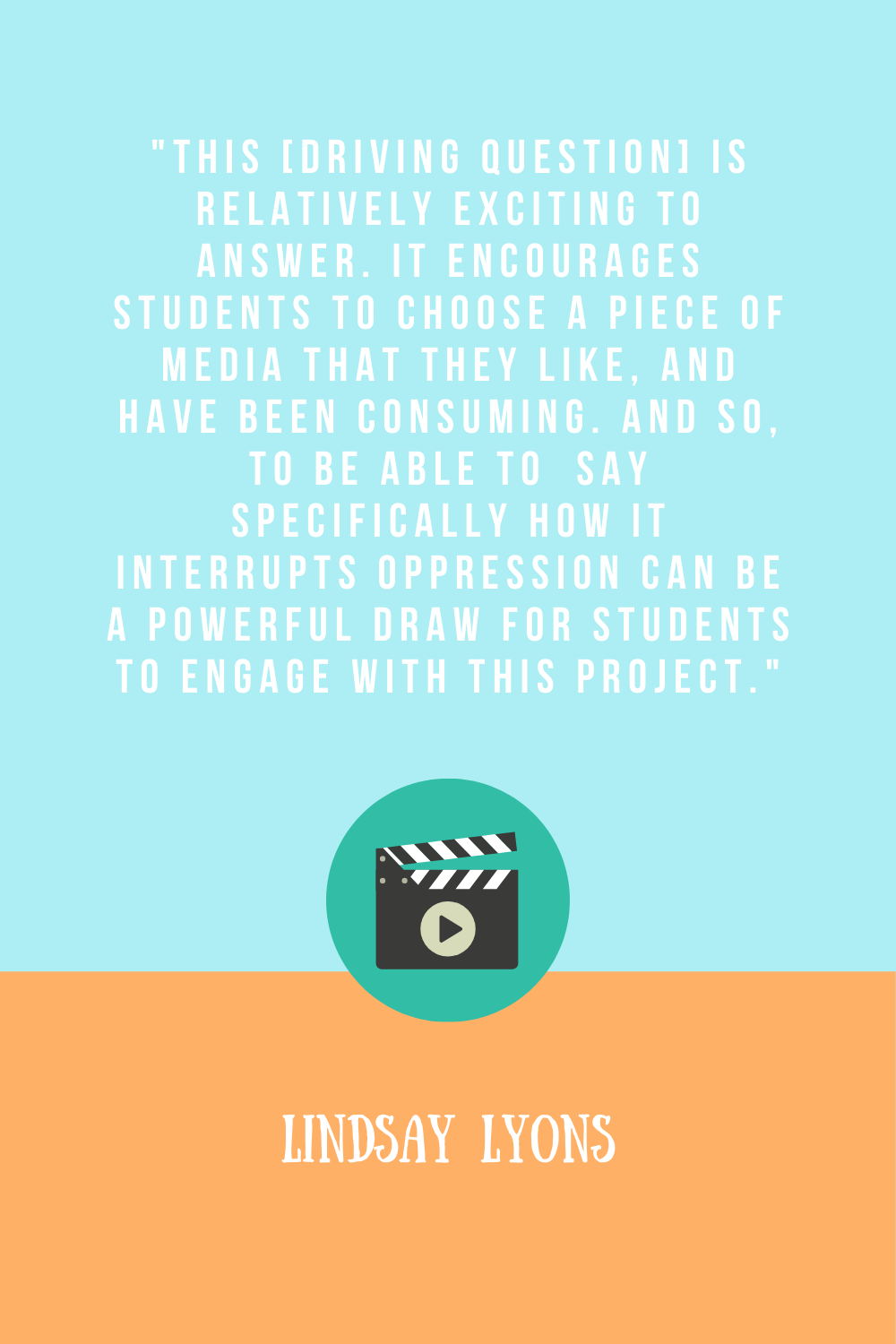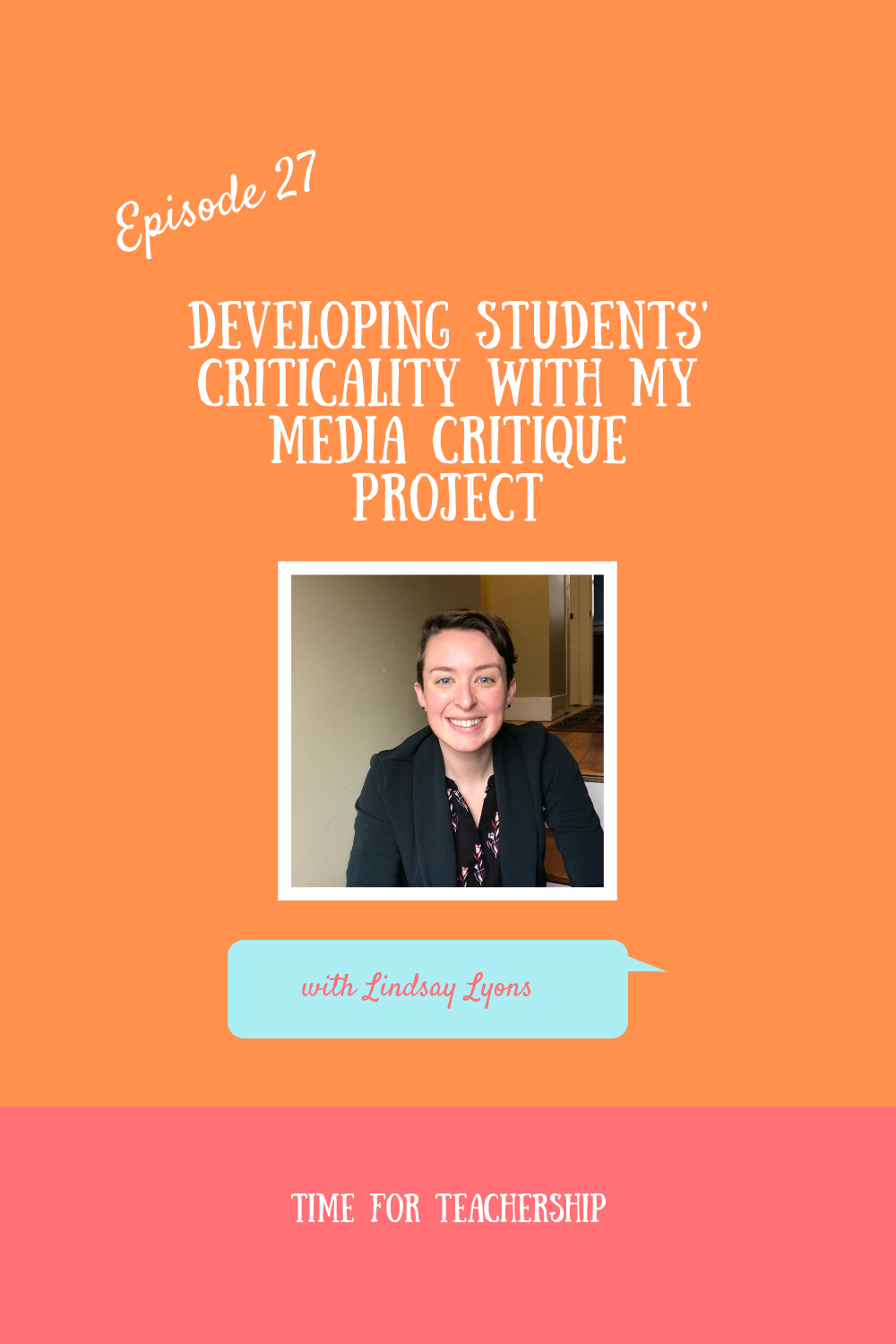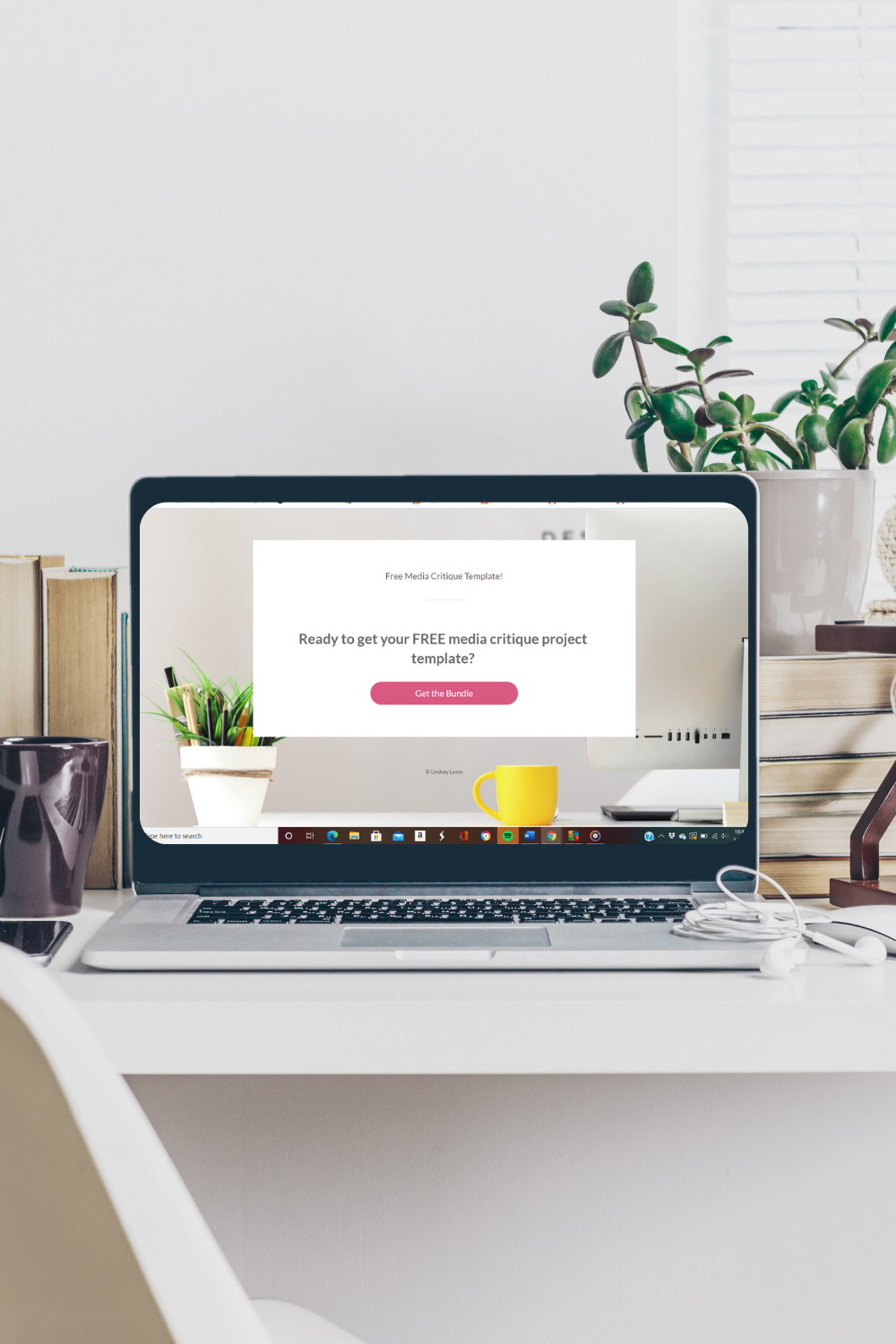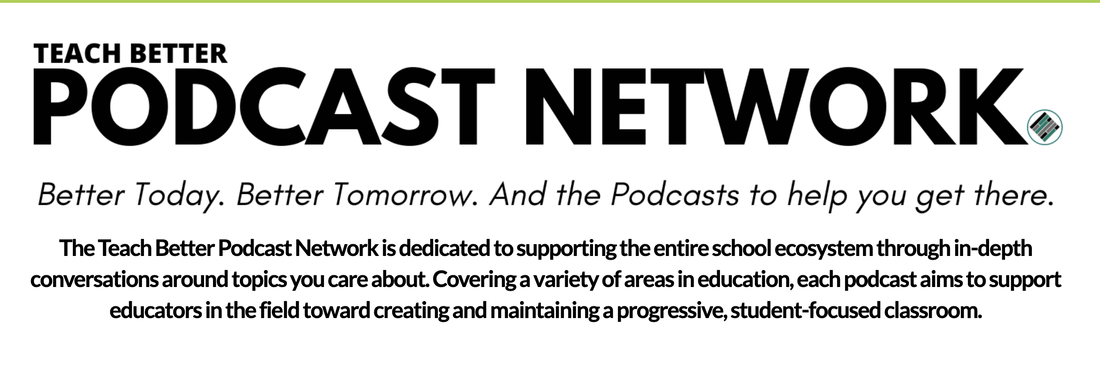|
Intro to Media Critique As a former high school, and current college professor, teaching feminism and media literacy, one of my favorite projects has always been a feminist media critique. Students have consistently cited this project as one of their favorite parts of class, and I like it because it gives students an authentic opportunity to think critically—using an intersectional feminist lens—about the media they are consuming. I backwards plan my curriculum, so I will explain the goal of the unit first. Students choose a piece of media (i.e., film, song, ad campaign) that features a person, organization, genre of music/film, etc. you like and answer this question: Does this piece of media (re)produce or interrupt oppression? To support diverse preferences for expression and varied skill sets, this year, I plan to invite students to submit their responses as one of the following formats:
In addition to the overarching question, I ask students to share the piece of media they are analyzing as an image, link, or video clip. I also remind students that a high quality analysis does not require an extensive summary of the piece of media. I ask students to include thoughtful connections to at least two relevant class texts (e.g., readings, podcast episodes, films, class slides). I also ask students to speak to the specific identities portrayed in the piece (e.g., genders, races, sexualities) as well as the relevant context(s) (e.g., historical, sociopolitical, economic) related to the piece. To support students, I ask scaffolding questions such as: Does the piece reinforce or challenge stereotypical depictions of individuals and groups? Does it recognize and address sociopolitical issues and contexts or does it avoid or gloss over important issues and contexts? A note on how this project has changed: Historically, I didn’t have one succinct question that framed this project. Instead, I used all of the scaffolding questions listed above. While these questions are helpful, they are best used as supports to break down the larger question into concrete bites. The project needs a clear and compelling driving question that’s exciting to answer and allows students to take a clear position: It (re)produces oppression; It interrupts oppression; or perhaps, It’s complicated. Grading Criteria Before students begin working on the project, I tell students how the project will be graded. I use a mastery-based grading system, which specifies the outcomes in which students will need to demonstrate mastery. A student’s grade will indicate that they are meeting the standard, have gone above the standard, or are still approaching the standard (and will have an opportunity to revise the project after receiving feedback on specific areas for improvement). I group my course outcomes into three categories, aligned to three of Dr. Gholdy Muhammad’s four literacy pursuits. Criticality. These outcomes seek to develop students’ understanding of power, oppression and justice. My specific course outcomes are: I can recognize the ways in which gender and race are socially constructed; I can recognize and describe the structural causes of injustice experienced by members of various identity groups; and I can ask “What about women” and also “Which women?” when analyzing false universals (assuming a single identity/story/ experience). Intellect. Outcomes in this category build students’ ability to apply what they have learned. My specific outcome for this project is: I can apply a feminist lens to a conversation, text, event, or issue. Skills. In this course, discourse is an important skill. My discourse outcome is: In written and verbal discussions, I can engage with curiosity, own the impact of my words, pause before responding, treat others with dignity, and hold myself and others accountable. While students do not demonstrate this skill within their independent project, once finished, they share their completed projects on a class discussion board. To prepare students to engage deeply with this project, I assign the following “texts” for students to read, listen to, or view independently:
During class lessons, I introduce Martha Nussbaum’s types of objectification and Layla Saad’s aspects of white supremacy (from her book, Me and White Supremacy). Following the introduction of theory, students have a chance to practice analyzing ads and other pieces of media in small groups prior to undertaking the independent media critique project. For practice, I have used images such as Post-It’s “for the little things you’ll forget” ad and Nando’s chicken ad as well as video clips such as Kylie Jenner’s Pepsi ad and Johnny Depp’s Sauvage Dior ad. I also share professional examples of media critiques with students so they can see what a high quality feminist critique looks like. I have shared this one from Anita Sarkesian on gendered tropes in video games, this one on one of the latest Star Wars films, and this one on Cardi B and Meghan Thee Stallion’s song, “WAP.” Over the years, my students have analyzed many songs from Beyonce (e.g., “If I were a girl” and “Pretty Hurts”), Maddie & Tae’s “Girl in a Country song,” advertisements from Old Spice to Hardy’s, television shows like AJ and the Queen and Good Trouble, and news coverage of police shootings. Perhaps the best evidence of this project’s success is the positive feedback I receive from students after completing the unit. Here’s one: “I learned in the semester, about a whole new way of thinking. I never really thought of these kinds of things before this class. Now I put a whole new lens on how I think.” That’s the power of an authentic, justice-based assessment. If you’re interested in creating your own feminist media critique unit, you can use my free Backwards Planning Template to get started. To continue the conversation, you can head over to our Time for Teachership Facebook group and join our community of educational visionaries. Until next time leaders, continue to think big, act brave, and be your best self.
0 Comments
Leave a Reply. |
Details
For transcripts of episodes (and the option to search for terms in transcripts), click here!
Time for Teachership is now a proud member of the...AuthorLindsay Lyons (she/her) is an educational justice coach who works with teachers and school leaders to inspire educational innovation for racial and gender justice, design curricula grounded in student voice, and build capacity for shared leadership. Lindsay taught in NYC public schools, holds a PhD in Leadership and Change, and is the founder of the educational blog and podcast, Time for Teachership. Archives
May 2024
Categories |




 RSS Feed
RSS Feed